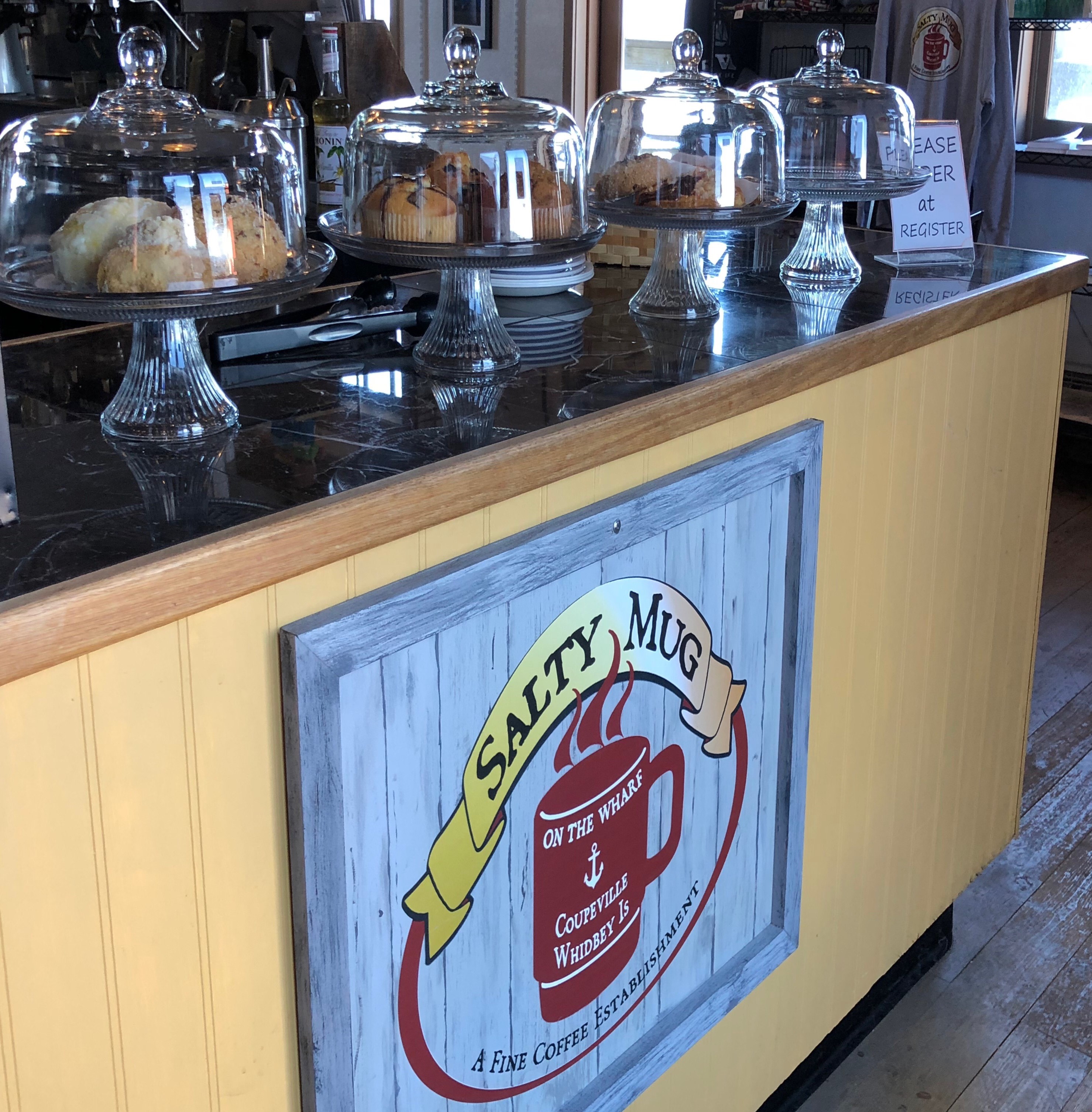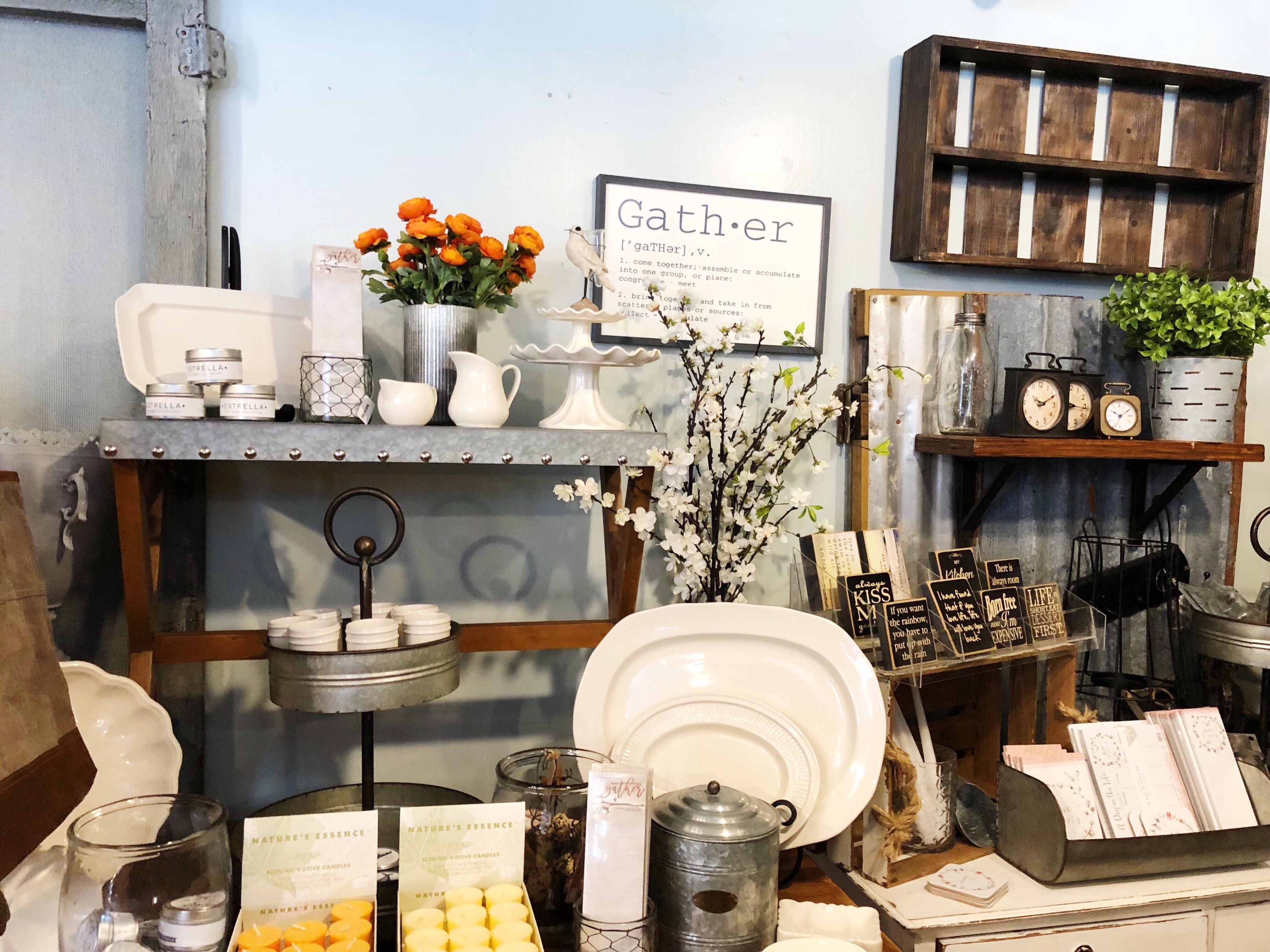A Trip Through Whidbey’s History

Whidbey has history? It must; there are museums here. Compared to any place in Europe it can seem that there’s no real history here; but, Whidbey has had visitors for thousands of years. Follow along with us as we take a trip through Whidbey’s history.
The island was built from some of the newest geology:
The west coast of North America was originally at Spokane, but tectonic plates moved and eventually some small ones slammed into the continent. That’s where “The Rock” gets its rocks. They hold up our bridge. Further south on the island could arguably be called “The Gravel” because a series of glaciers and ice sheets scraped mountains down to bits. Those bits were dumped into moraines and stream beds that help explain the south end’s hilly roads, as well as some of the slopes that slide.
About 16,900 years ago, those ice sheets finally left. Over 2,000 feet of ice retreated, leaving lands that waited for something to drop by and grow. The plants began to grow providing forests and prairies. The whales, fish, birds, and land creatures arrived. Today you can walk the beach and you may find mammoth teeth and bones (not a joke).
People came soon after:
They didn’t call it Whidbey. One name that became associated with the place was Tscha-kole-chy. Ask the Tulalip tribes or a local historian about how to pronounce it.
The island became populated just like the rest of the Salish Sea lands. There was food, a good climate, and relative safety from things like volcanoes.
Humans were busy for over ten thousand years, but we have few stories considering how long that period lasted. One good view of that life is the Maiden of Deception Pass sculpture and description.
Skip ahead a few thousands of years to when more people started showing up.
In the late 1700s:
European explorers sailed in. They were to explore the island and discover what existed here, a very natural and human endeavor. Captain Vancouver’s crew named many of the features. The features already had names, but now they had newer names.
1792:
Joseph Whidbey circumnavigated the island. Originally, they thought it was a peninsula, but when they completed their counter-clockwise trip and found the pass they were surprised it was an island, hence Deception Pass.
By 1848:
Some settlers tried settling on the west side of island, near Penn Cove. Thomas Glasgow, Antonio Rabbeson, and A. Carnefix established a farmstead. It didn’t last long. Local tribes were upset in general with settlers throughout the Puget Sound region. The settlers were encouraged to leave, which they did, without even taking many of their tools.
There was some disagreement between the Spanish, the British, and the pesky Americans as to who owned what. The original inhabitants had their perspective, of course. The various negotiations and treaties are complicated and fascinating. One place to start is with the Pig War on San Juan Island, a seemingly silly disagreement that almost started a real war.
The 1850’s:
Soon after, more settlers arrived. They too saw the value of the forests, farming, and fishing. Coupeville got started in the 1850s, and became the second oldest town in Washington State. The south end towns were quieter; but, Maxwelton had a 3,000 seat auditorium, for a while. The site of Bailey’s store was basically a trading post in the 1850s. Oak Harbor started then, too; and was incorporated in the 1910s.
The island was fractured. There were few roads. The main way to get around was by boat or walking the beaches at low tide.
It was about this time that Ebey’s tale became history, a fascinating story of someone who regularly rowed to Port Townsend, and then was killed over a misunderstanding. Check out the links at the end of this article if you would like to learn more about this story.
The next few decades were a bit rough, but profitable for some. Seattle was growing and it became the destination for island food and lumber. Some of the island’s tallest trees became masts for that era’s tall ships. The branches went into the growing steamship fleet’s boilers, as well as into the landfills that became Seattle’s waterfront.
Throughout those decades ships turned from oars or paddles, to sail, to steam, to internal combustion (to electric?).
Ships operated before docks were built. Some ran up onto the beach, got rid of cargo and passengers, picked up more, and backed away before the tide stranded them. A ferry carried people across Deception Pass, before the bridge was built.
1897:
The construction of Fort Casey began. After one world war it became obvious that the country needed defenses. The Navy established its base, and added and shifted as technology changed warfare. Look at the guns at Fort Casey and compare them to the fortifications at Fort Ebey to see a great change in a short time.
Boeing was busy during World War Two, but it was a few decades later that their plant at Paine Field became a major employer. Thanks to the ferries, Whidbey also became a bedroom community.
1900’s:
Meanwhile, after the start of the 20th century, Freeland was started as a place for free land, an experimental community that blended and contrasted socialist and capitalistic principles. Eventually, the culture tended to a more conventional style of community.
In 1919:
Ferries began docking at docks on south Whidbey, not just running up on beaches, and it became possible to ferry cars and trucks onto the island. They probably had wait lines and cancellations, too.
In 1920:
Langley became one of the first cities in America to have an all-women government. They inaugurated a series of reforms that cleaned up the town, literally.
About that time, some of the other rough edges of Whidbey were softened as artists began using the island as a retreat and refuge.
Thanks to fishing resorts, Whidbey was already gaining a reputation as a place to get away from The Big City of Seattle. Tourism got a beachhead.
It became obvious to some that Whidbey’s relationship with Seattle could be like the East Coast’s tourist towns relationship between cities like New York and the Hamptons. That tourist traffic became yet another reason to justify the Deception Pass Bridge.
Life in general became easier as the entire island was finally connected with roads and power.
1990’s:
By the end of the 90s, Whidbey was already known for its various communities: farming, the arts, for tourists, for commuters, and for retirees. Currently, it is being redefined again as Whidbey’s rise from obscurity has grown into an international destination for tourism and training.
What’s next? Being remote is redefining itself. Whidbey Island is being ‘found’. De-urbanization means urban dwellers are trading that lifestyle for something quieter and slower with a bit more room. But, what’s really next? That’s what every resident and visitor and fan gets to help redefine. History never ends. Welcome to this chapter, the one that you are in. What history will you create?
Connect with us whether you already live here, visit often, or want to move here.
Ebey's Reserve:
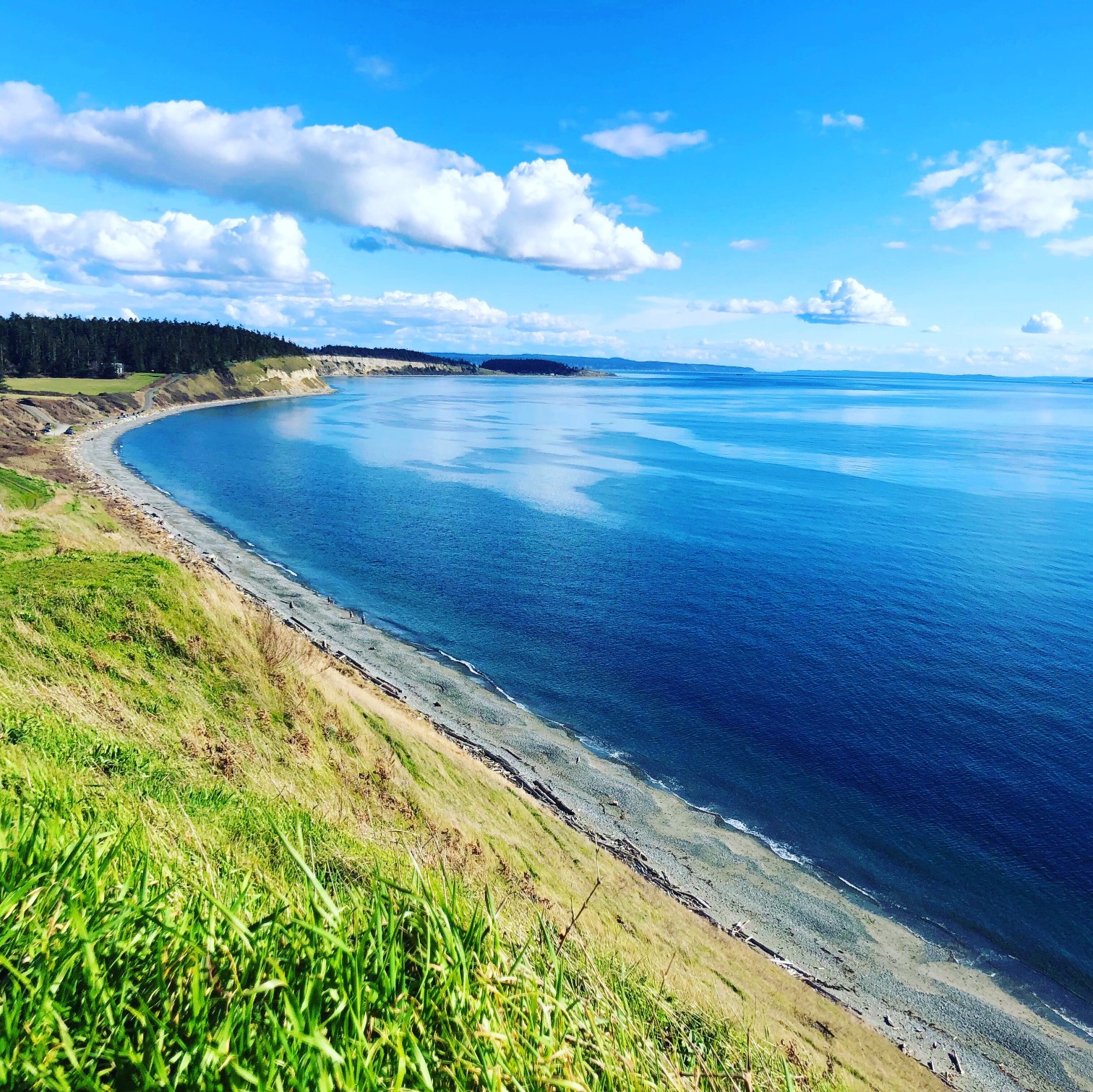
A historical living landscape

You may have heard of, or even spent an afternoon hiking the bluff on Ebey’s Reserve. It’s spectacular landscape, and unparalleled views of Admiralty Inlet and the Olympic mountains are a treat for the eyes and refreshing to the soul. But, while you are busy soaking it all in, you may not realize how Ebey’s Reserve is a preservation of not just human history but a preservation of how humans interact with the land and nature.
As Early as 1300, Western explores began inhabiting central Whidbey because of the abundance of natural resources from both land and sea. However, it wasn’t until 1851, by suggestion of his friend Samuel Crockett, that Colonel Isaac Neff Ebey claimed land on Central Whidbey. Ebey was delighted with the area and wrote home urging his family to join him. Soon after hearing about the paradise Ebey described, they emigrated to and settled on the island, making the Ebey family one of the first permanent settlers on the Island.
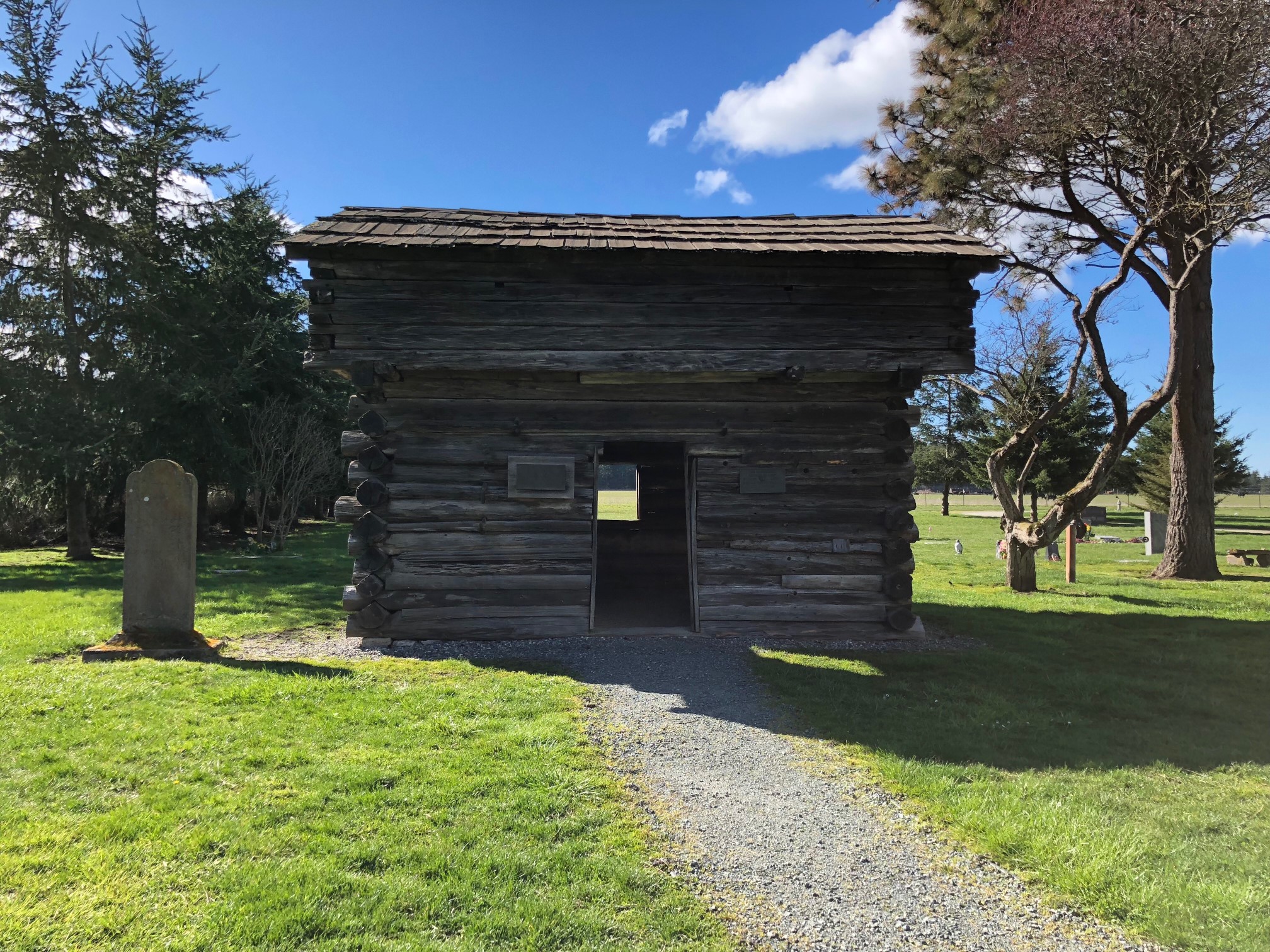 During your visit, you can still view the home of Colonel Isaac’s father, Jacob Ebey, and his blockhouse that was built to protect and defend his claim of the island from Indians. The house sits overlooking the prairie that is now known as Ebey’s landing and stands as a memoir to the beginning of life on Whidbey Island.
During your visit, you can still view the home of Colonel Isaac’s father, Jacob Ebey, and his blockhouse that was built to protect and defend his claim of the island from Indians. The house sits overlooking the prairie that is now known as Ebey’s landing and stands as a memoir to the beginning of life on Whidbey Island.
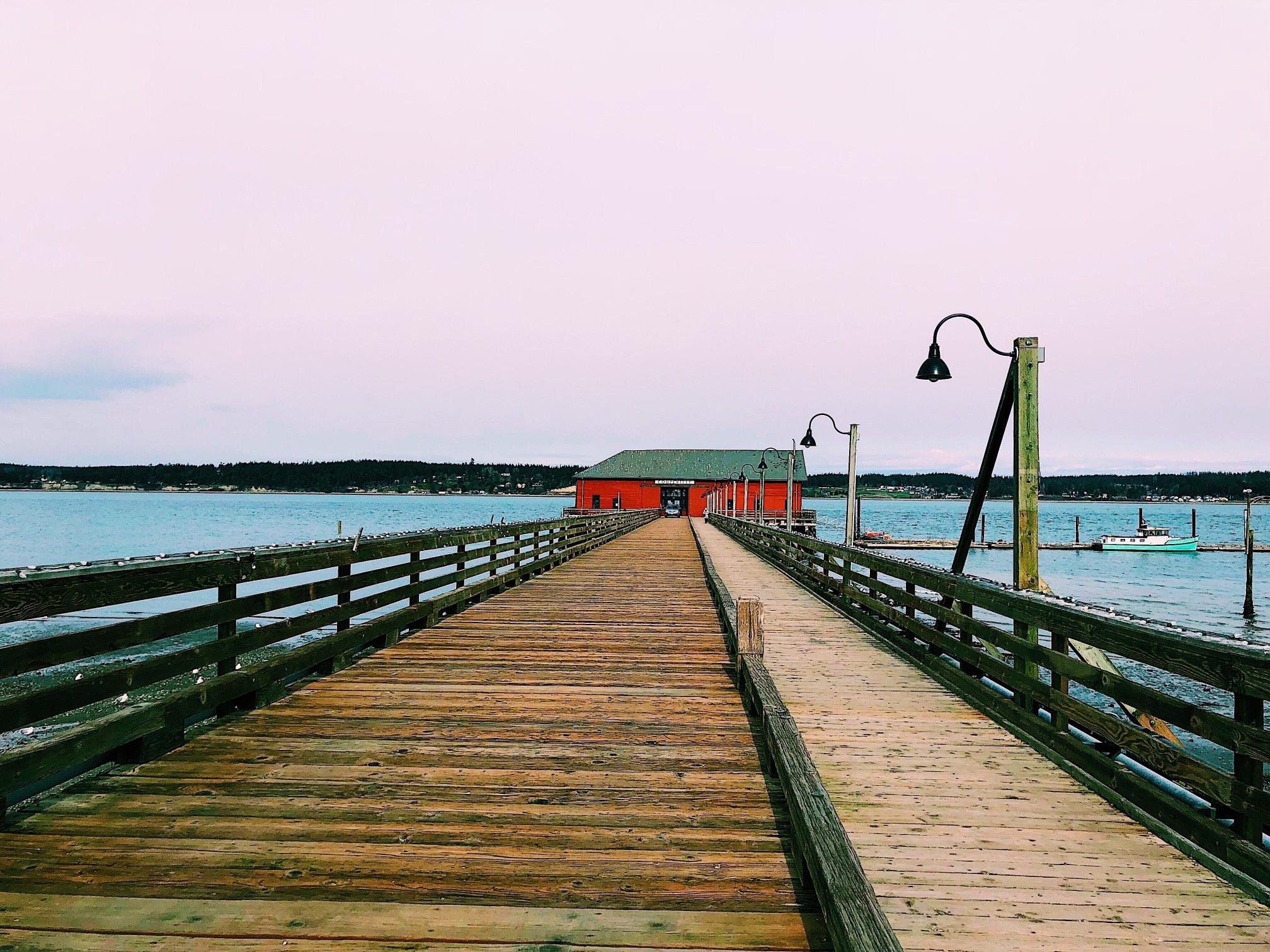 But, the story doesn’t end there! In addition to farmers, central Whidbey attracted sea captains and merchants because of the protection Penn Cove offers and the high value timber for shipbuilding. One of the many settlers that made their way to Whidbey was the daring Captain Thomas Coupe, who astonished his fellow seafarers when he sailed through Deception Pass in a full-rigged ship, a risk very few were willing to take. Coupe then claimed 320 acres of land on Central Whidbey, that later became our beloved town of Coupeville.
But, the story doesn’t end there! In addition to farmers, central Whidbey attracted sea captains and merchants because of the protection Penn Cove offers and the high value timber for shipbuilding. One of the many settlers that made their way to Whidbey was the daring Captain Thomas Coupe, who astonished his fellow seafarers when he sailed through Deception Pass in a full-rigged ship, a risk very few were willing to take. Coupe then claimed 320 acres of land on Central Whidbey, that later became our beloved town of Coupeville.
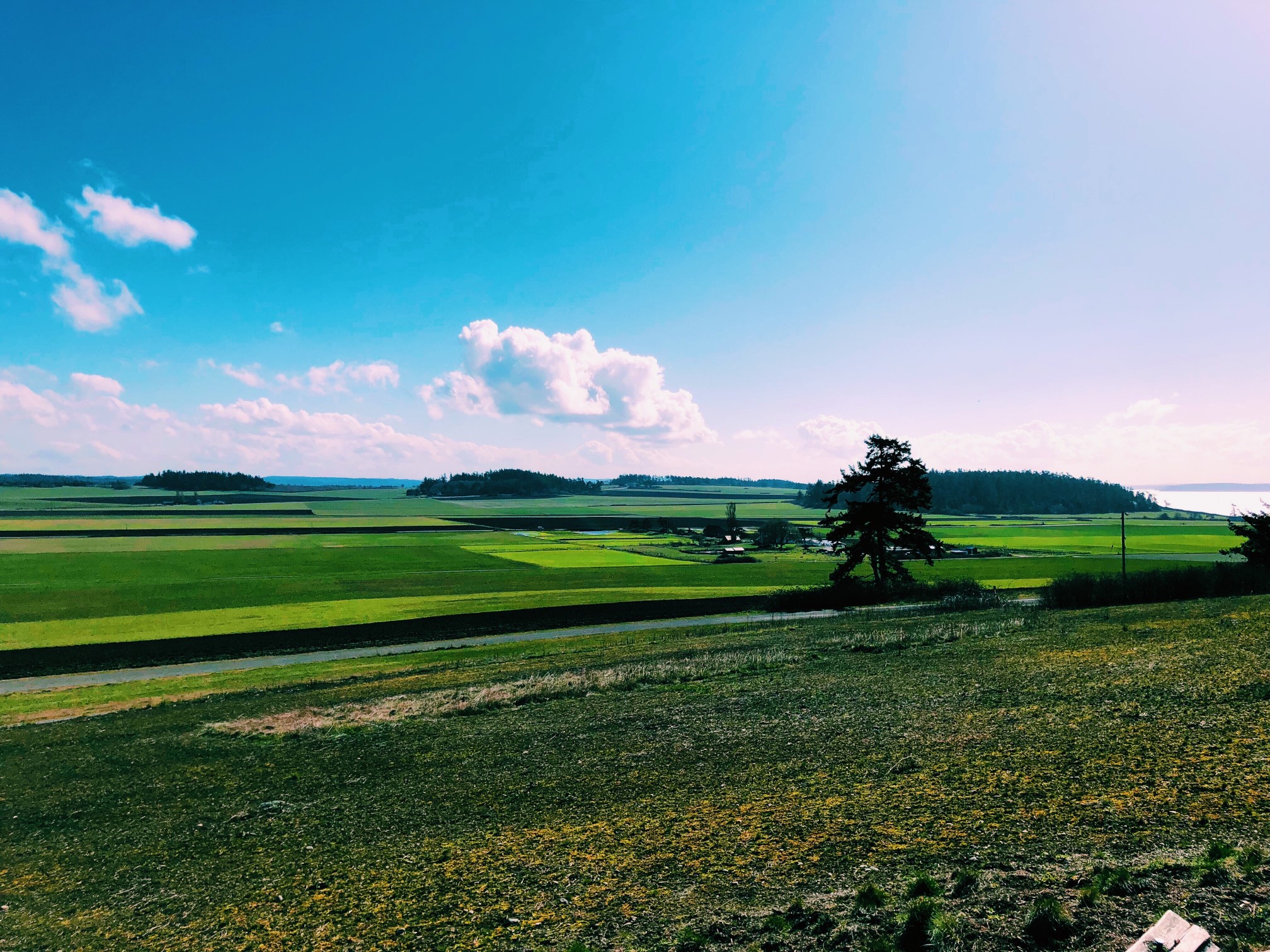 Protected by the National Parks and Recreation Act of 1978, Ebey’s Reserve stands as a historical living landscape that promises the same experience for generations to come. It is a place to enjoy the unchanged views, celebrate and honor the history of the area, and preserve the natural resources that attracted so many here in the first place. Ebey’s Reserve is a true treasure of Whidbey Island, no matter how many times you visit you will always return feeling like it’s the first time.
Protected by the National Parks and Recreation Act of 1978, Ebey’s Reserve stands as a historical living landscape that promises the same experience for generations to come. It is a place to enjoy the unchanged views, celebrate and honor the history of the area, and preserve the natural resources that attracted so many here in the first place. Ebey’s Reserve is a true treasure of Whidbey Island, no matter how many times you visit you will always return feeling like it’s the first time.
Suggested links:
Our favorite hike in Ebey’s Reserve is the “bluff trail” https://www.alltrails.com/trail/us/washington/ebeys-landing-trail
To learn more about life on Whidbey in the past visit the Museum
https://www.islandhistory.org/
For ways to get involved, attend events or support the Reserve http://www.friendsofebeys.org/events.html
For more about Ebey’s Landing visit them on the web http://www.nps.gov/ebla
Follow Ebey’s Landing on Instagram https://www.instagram.com/ebeyslanding_nhr/?hl=en
If you liked this blog you might also like:
#mc_embed_signup{background:#fff; clear:left; font:14px Helvetica,Arial,sans-serif; width:100%;}
/* Add your own MailChimp form style overrides in your site stylesheet or in this style block.
We recommend moving this block and the preceding CSS link to the HEAD of your HTML file. */

 Facebook
Facebook
 Twitter
Twitter
 Pinterest
Pinterest
 Copy Link
Copy Link

